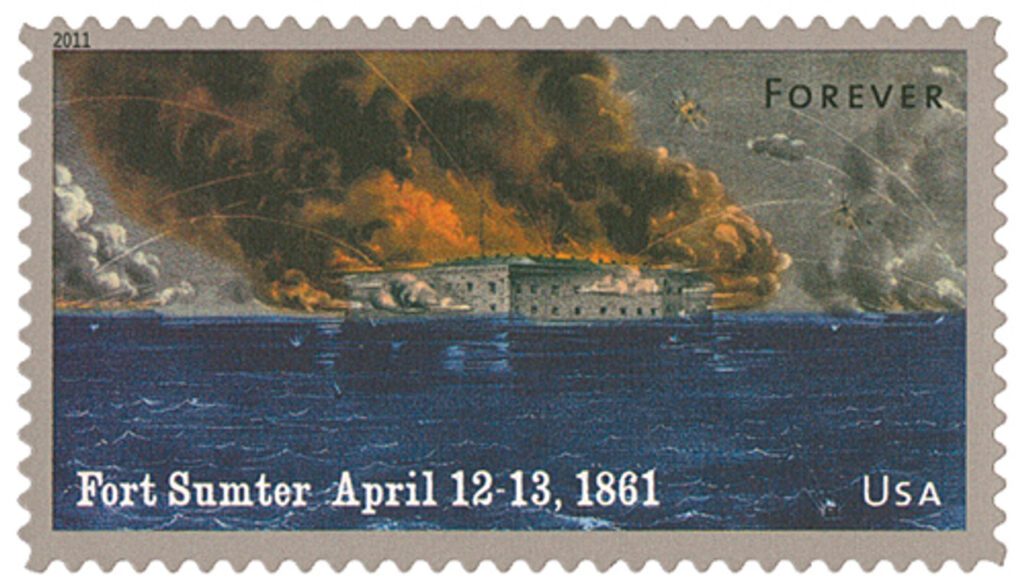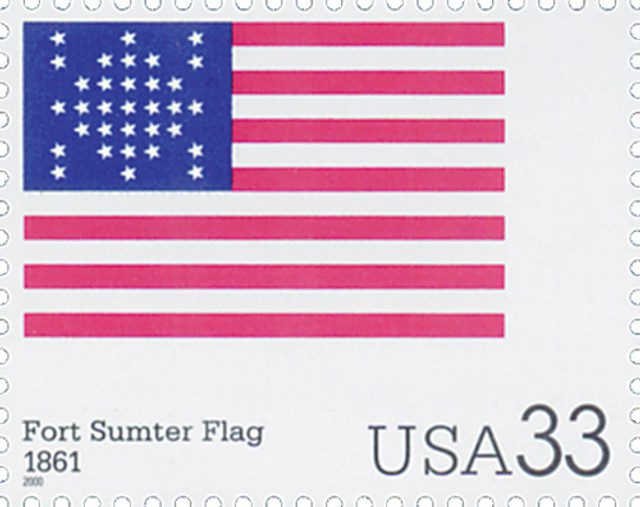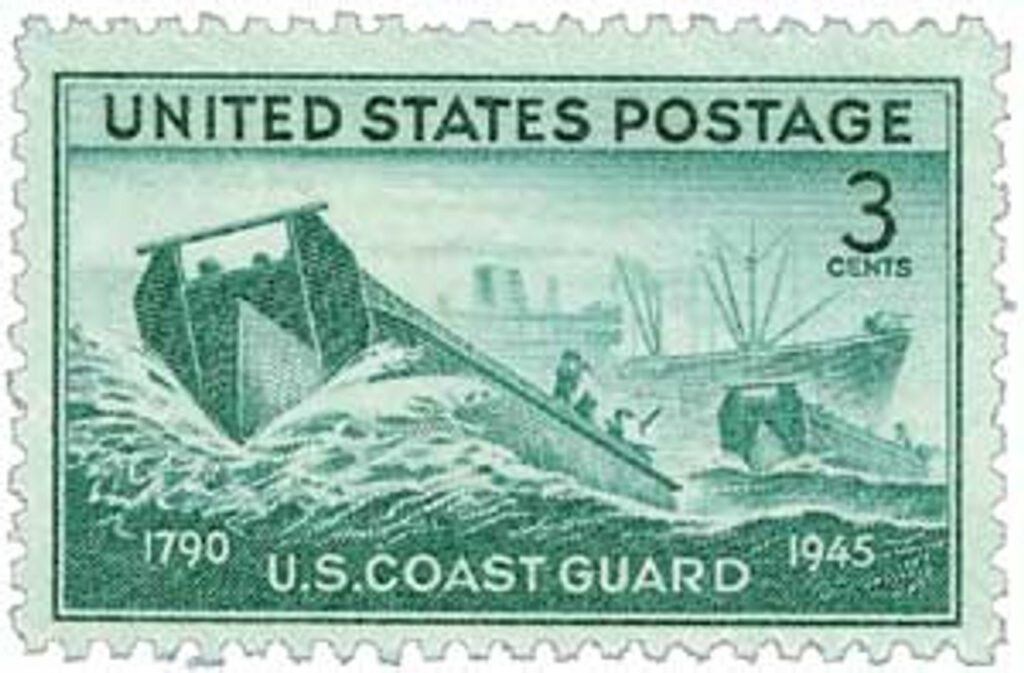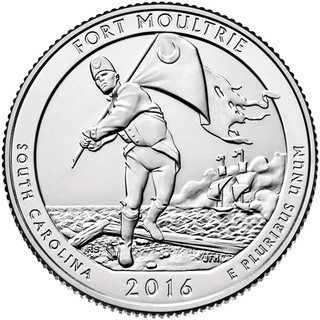On April 28, 1948, Fort Sumter National Monument was established to preserve the site where the opening shots of the Civil War were fired. Twelve years later, nearby Fort Moultrie was added to the protected area. Together, they honor and preserve generations of American seacoast defense from the American Revolution to World War II.
The military history of the area dates to the Revolutionary War. In 1776, South Carolina rebels began work on a fort to guard the port city of Charleston. While the fort was still under construction, British troops arrived on June 28, 1776, and began a full-scale bombardment. To their surprise, the fort did not fall. William Moultrie and his 400 fighters spent the day fending off the attackers, forcing them to retreat with their ships badly damaged. It was America’s first decisive victory over the British Navy and a major morale booster. The fort was then named in Moultrie’s honor for his brave leadership during the battle. The British targeted the fort again in 1780 during their siege of Charleston. That time they captured the entire American army stationed there.

After the Revolution, Fort Moultrie was modified to continue its defense of Charleston. However, it became secondary to Fort Sumter, which began construction in 1829. Located on a manmade island in Charleston Harbor, Sumter was commissioned after the War of 1812, but was not yet fully built or armed when South Carolina seceded from the Union in December 1860. Despite the ever-growing hostility between the North and South, Fort Moultrie remained undermanned. With war imminent, the commanding officer at Moultrie quickly, and without orders, moved his men to the more defensible Fort Sumter.
South Carolina’s governor repeatedly demanded that the North evacuate the fort, but they refused. Throughout the debate, Union attempts to deliver supplies to Sumter were prevented. Realizing that the fort would run out by mid-April, President Lincoln sent a fleet of ships to attempt supply delivery. On April 12, 1861, the supply envoy was met by Confederate warships and not allowed to proceed. The Confederate militia then opened fire on Fort Sumter. After nearly a day-and-a-half of bombardment, the garrison surrendered. The Civil War had begun.
The first Battle of Fort Sumter was a thorn in the Union’s side for the remainder of the war. Beginning in April 1863, the Union attempted to re-take the fort and eventually spent 15 months bombarding it. The Confederates only evacuated when they learned that General William T. Sherman was coming. The Union did not re-secure the fort until February 1865.
After the Civil War, Fort Sumter was partially rebuilt. It served as a lighthouse until additional construction and a new battery were taken on in anticipation of the Spanish-American War. Work was not finished until after the war, however. Though it was fitted with rifles during World War I and antiaircraft guns during World War II. By the 20th century, Fort Sumter had become old fashioned and its defenses mostly outdated. Its guns were removed in 1943. On April 28, 1948, the fort was transferred to the National Park Service and became Fort Sumter National Monument. Fort Moultrie was added in 1960. In 2019, the area was renamed the Fort Sumter and Fort Moultrie National Historical Park, to honor the important history of both forts.
Today the park spans 199 acres across four separate sites throughout Charleston Harbor. In addition to Forts Sumter and Moultrie, it includes Liberty Square, which was once the site of one of the nation’s largest industrial and maritime ports, Gadsden’s Wharf. The park also includes the US Coast Guard Historic District, site of the Charleston Light (also known as Sullivan’s Island Lighthouse). This area traces American maritime history, particularly relating to the US Life-Saving Service and Coast Guard.
Find out more on the park’s NPS website.
| FREE printable This Day in History album pages Download a PDF of today’s article. Get a binder or other supplies to create your This Day in History album. |
Discover what else happened on This Day in History.







Having lived in Charleston in the early’60’s we used to ride out to Ft. Sumpter in Charleston harbor in our boat. We never saw any signs of life then. Pretty much the same at Ft. Moultrie. Glad they are cared for today. Your article is very interesting considering it is well cared for now, but wasn’t at all when initially in the care of the NPS